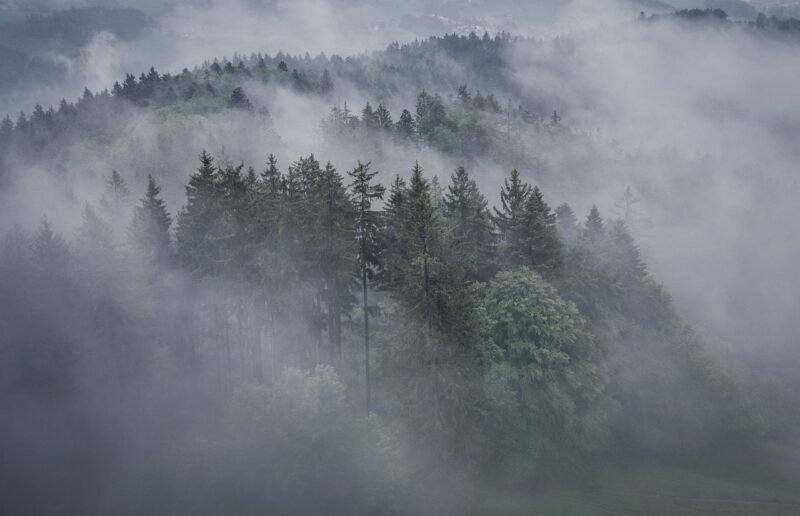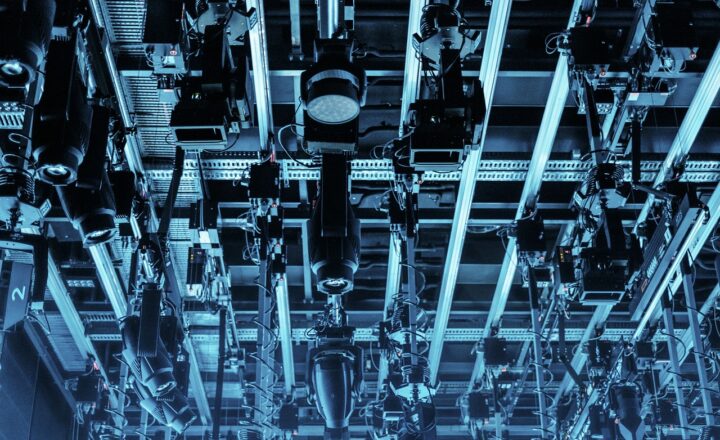Quadcopters in Film: How Drones Are Allowing Filmmakers to Capture Unprecedented Shots
November 14, 2024

In recent years, the advent of quadcopters, commonly known as drones, has transformed the film industry. Filmmakers are now able to achieve stunning aerial shots and unique perspectives that were once reserved for expensive helicopter rentals or intricate crane setups. With technology advancing rapidly, these versatile flying machines have become a staple in the toolkit of filmmakers, from independent creators to major studio productions.
1. The Rise of Drones in Filmmaking
The use of drones in filmmaking can be traced back to their introduction to the commercial market in the early 2010s. Initially, drones were primarily used for recreational purposes and aerial photography. However, it wasn’t long before filmmakers recognized the potential of drones for capturing dynamic shots and expansive landscapes.
Since then, the industry has witnessed a rapid growth in the use of quadcopters, often referred to as UAVs (Unmanned Aerial Vehicles). Some notable milestones include:
- Accessibility: Advances in technology have made drones more affordable and user-friendly, allowing budding filmmakers to experiment without breaking the bank.
- Quality Improvements: Modern drones are equipped with high-definition cameras and stabilizers, allowing filmmakers to capture professional-quality footage from the air.
- Legislation Changes: The implementation of clearer regulations for commercial drone use has opened new opportunities for filmmakers, provided they follow the rules of operation.
Drones have changed the landscape of filmmaking, enabling shots that evoke emotion and wonder while being more adaptable to the needs of various production budgets.
2. Unprecedented Aerial Perspectives
One of the primary advantages of using drones in cinema is their ability to capture unique aerial perspectives. Aerial shots are often used to convey the scope of a scene, adding context to the story without needing extensive narrative exposition. Here are a few ways drones enhance visual storytelling:
- Establishing Shots: Drones can create sweeping establishing shots that provide a comprehensive view of the location, setting the stage for the story to unfold.
- Dynamic Movement: Unlike traditional aerial methods, drones can swiftly navigate through tight spaces, follow action sequences, and create fluid motion shots that feel alive and engaging.
- Unique Angles: Filmmakers can employ unconventional angles, such as low flyovers, close-up tracking shots, and vertical movement, which add a creative flair to the footage and enhance the narrative.
These aerial perspectives can take the audience’s experience to new heights, immersing them in the film’s world like never before.
3. Drone Technology: Key Features for Filmmakers
The latest advancements in drone technology have equipped filmmakers with an array of features that facilitate creative storytelling:
- High-Resolution Cameras: Drones can carry cameras capable of shooting in 4K and beyond, delivering stunning visuals that meet industry standards. Filmmakers can select drones equipped with gimbals to stabilize shots and reduce vibrations.
- GPS and Smart Features: Many drones come with intelligent flight modes, including follow-me options and waypoint navigation, allowing for automated shots that can be repeated and perfected.
- Range and Battery Life: Modern drones boast extended flight times and improved range, enabling filmmakers to capture long and expansive sequences without frequent interruptions.
By harnessing these technological breakthroughs, filmmakers can innovate in their approach to visual storytelling and create unforgettable cinematic experiences.
4. Enhancing Documentary and Nature Filmmaking
Drones have revolutionized the documentary genre, particularly in nature filmmaking. With the ability to fly low and hover quietly, filmmakers can capture footage without disturbing wildlife or natural surroundings.
Some benefits include:
- Minimal Disturbance: Unlike helicopters or other loud equipment, drones operate quietly, allowing filmmakers to document animals in their natural habitat without compromising their behavior.
- Access to Remote Locations: Drones can reach inaccessible areas, such as mountain tops, forests, or coastlines, providing filmmakers with a broader range of environments to explore and capture.
- Immersive Experiences: Filmmakers can showcase sprawling landscapes, breathtaking vistas, and intricate ecosystems, enhancing storytelling by connecting audiences to the beauty of nature.
In summary, drones have expanded the field of documentary filmmaking, enabling creators to tell stories that showcase the world’s beauty and intricacies.
5. Iconic Drone Shots in Popular Films
Drones are no longer just a trend; they have cemented their place in mainstream cinema. Here are some iconic films that showcase the effective use of drone technology:
- “Skyfall” (2012): The opening sequence showcases a thrilling chase involving a drone-like helicopter, giving audiences an electrifying aerial view over the landscape.
- “The Wolf of Wall Street” (2013): In this film, drones captured vibrant party scenes that helped encapsulate the chaos of Wall Street’s excesses.
- “The Revenant” (2015): Stunning shots of the vast wilderness were captured with drones, creating an immersive experience that pulled viewers into the film’s brutal world.
These films exemplify the versatility of drones and their capacity to elevate cinematic storytelling.
6. Ethical Considerations in Drone Filming
While drones offer unparalleled creative possibilities, ethical considerations must guide their use in the film industry:
- Privacy Concerns: Filmmakers must be cautious about capturing images of individuals without consent, especially in residential areas. Laws regarding privacy and drone use vary by location, making it essential to understand the regulations.
- Environmental Impact: Drones used in sensitive ecosystems or wildlife areas can disturb animal habitats, so filmmakers must prioritize environmental considerations during filming.
- Flight Safety Regulations: Adhering to local and national regulations regarding drone operation is crucial for safety, both for crew members and the general public.
Navigating these ethical challenges ensures the responsible use of drones while allowing filmmakers to harness their full potential.
Conclusion: The Future of Drones in Film
As drone technology continues to advance, it’s safe to say that their role in filmmaking will only expand. From breathtaking aerial shots to improved accessibility for indie filmmakers, these flying machines have democratized the art of aerial cinematography. Whether used in big-budget blockbusters or heartfelt documentaries, quadcopters are reshaping the way stories are told on screen.
Filmmakers are encouraged to stay updated on emerging drone technologies and best practices while considering ethical aspects of usage. The possibilities are nearly endless, as aerial storytelling will continue to evolve, offering viewers more immersive and captivating cinematic experiences in years to come.








